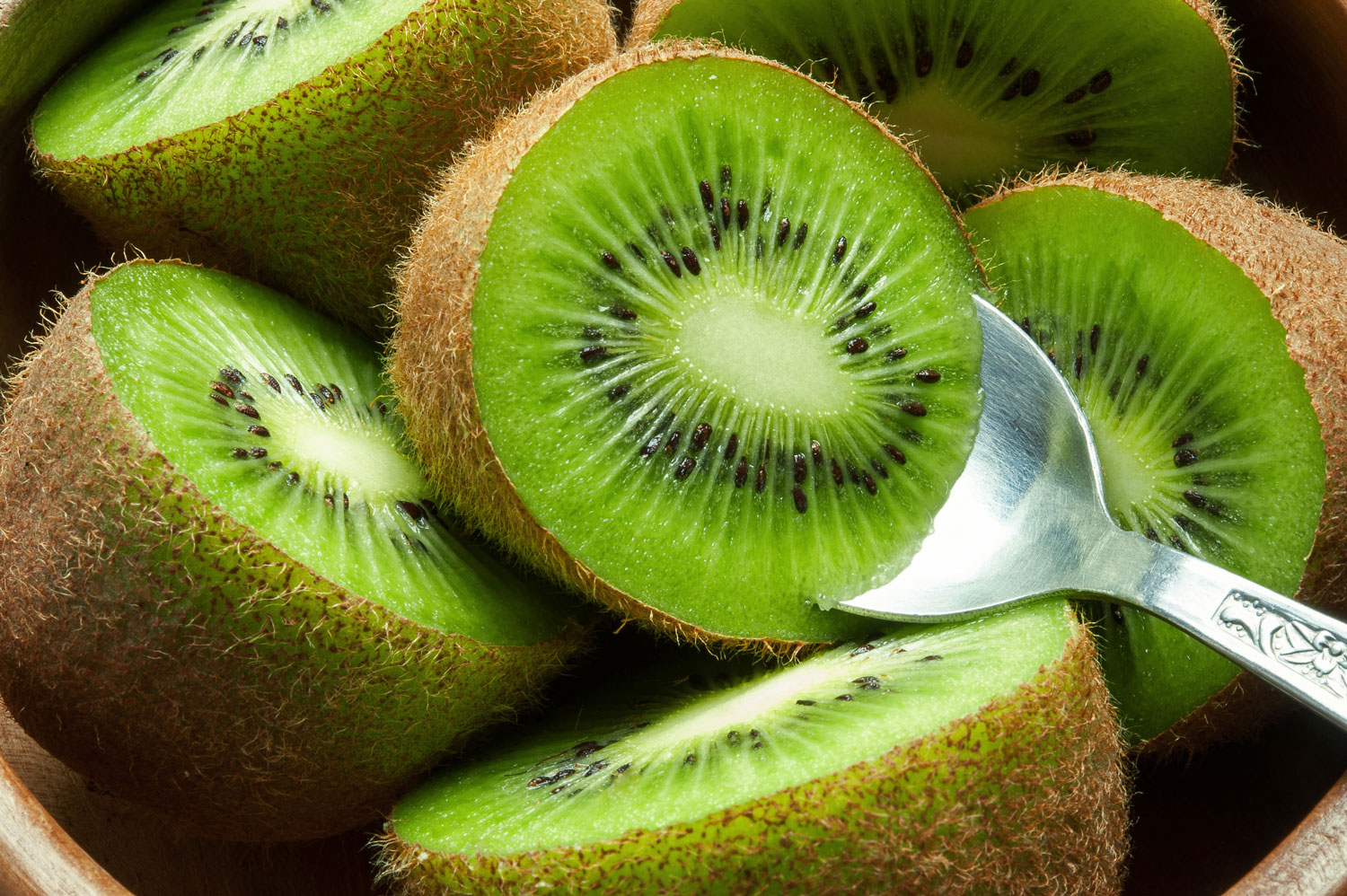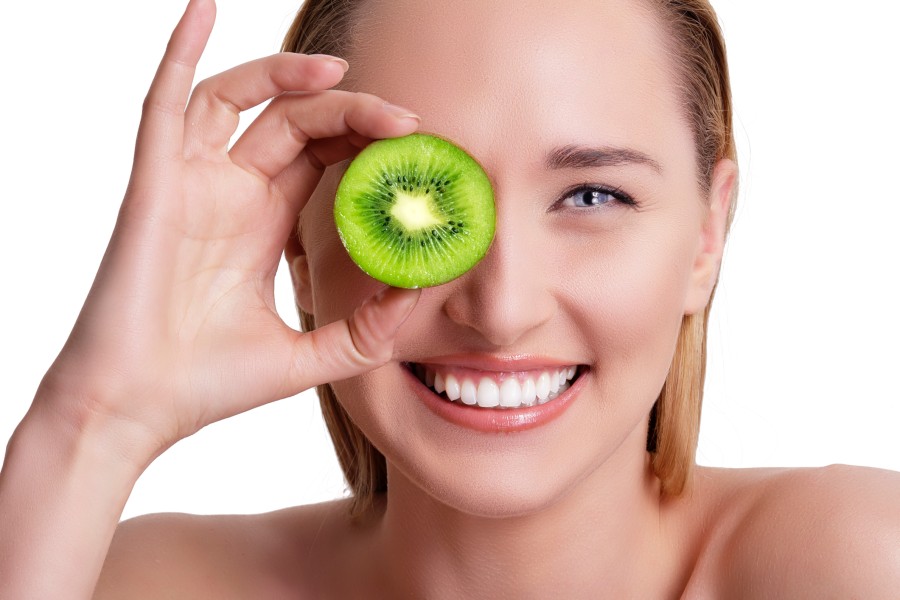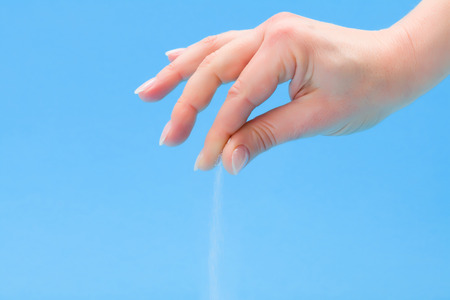
Get your new-age beauty fix with Zespri’s SunGold Kiwifruit. Ten years in the making and now in India, this fruit has abundant beauty benefits that will leave you feeling beautiful both inside and out. A delicious snack and an exotic addition to your dishes, this fruit is an integral part of a healthy diet as well as your skin care and beauty regime.
Says nutritionist Pooja Makhija, “The Zespri SunGold Kiwifruit is great for skin and hair, and infuses vigour and vitality in the day. The fruit works wonders for people of any age trying to lose weight and adapt to a fitter lifestyle. Kiwifruit has three times the vitamin C of an orange and having just one everyday can fulfill 100% of your daily vitamin C needs. So, brush away the sluggishness and add that natural flush to your face by having a kiwifruit today.“
When compared to other fruits, the cost of 1kg imported apples is `200 to 250, which makes it roughly five apples at `40 to 50 each. On the other hand, the cost of Zespri SunGold Kiwifruit is `33 to 35 per piece, making this nutritional powerhouse value for money.
A kiwi fruit has an abundance of vitamin E, which helps build collagen that improves skin elasticity and firmness. The high vitamin E content prevents inflammatory damage from sun exposure It is a natural beauty enhancer since it is packed with antioxidants, which help prevent wrinkles, fine lines and dullness. It also slows down the ageing process and is a natural fix for pigmentation Rich in vitamin C, one of the most effective nutrients to help grow and strengthen hair, the fruit also helps maintain the integrity of nails by strengthening our skin, connective tissue, bones, and blood vessel walls The Glycaemic Index (GI) is a relative ranking of carbohydrate in foods according to how they affect blood glucose levels. A SunGold Kiwifruit has one of the lowest GI levels at 38 and is low in calories, making it an ideal choice for weight loss diets and healthy living. It is available at all major retailers and online stores.

